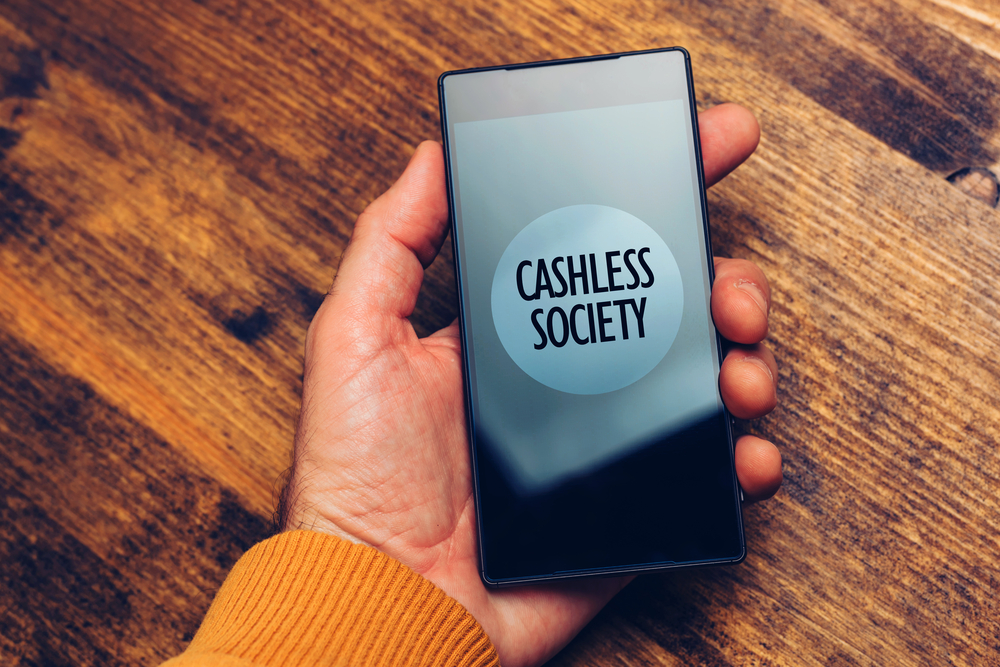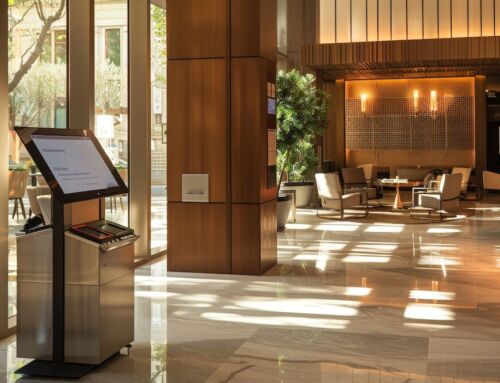Are we heading towards a cashless economy? Certainly, when you look at the growth in digital payments over the past decade or so, you can understand why a lot of people believe cash will become obsolete. And sooner rather than later.
In 2010, more than half of all payments made in the UK were in cash. But by 2017, on the back of the surging popularity of contactless debit card payments, non-cash payments had overtaken cash for the first time. At the height of the COVID-19 pandemic, when the majority of commercial activity was forced online, cash accounted for just 17% of consumer transactions.
The apparent transition away from cash has been driven by a steady drip of digitally enabled payment technologies emerging onto the scene. We’ve mentioned contactless debit cards and their corresponding NFC or RFID readers. To this we can add online payment services like PayPal, and digital wallets like Apple Pay and Google Pay which allow contactless payments to be made from smartphones.
We can also include kiosks in this list. If you want to provide self-service payment options, digital options are a lot easier than cash. From a kiosk manufacturer’s perspective, a contactless reader module is a lot simpler to make and install than the mechanisms required to accept coins and cash, store them, and calculate and dispense change. From the vendor’s perspective, there is a lot less to go wrong with a contactless reader.
More and more transaction kiosks are being rolled out, and for these reasons, more and more of them are cashless. That creates a snowball effect. The more people are faced with cashless-only payment options, the less inclined they are to carry cash with them. So goes the argument that kiosks are contributing to the creation of a cashless society.
Cash fights back
But the kiosk industry should be cautious about declaring cash yesterday’s news. Cashless might be convenient. But are most people happy with the prospect of cash disappearing completely? The evidence suggests not.
A recent survey by coin-counting machine vendor Coinstar found that a significant majority of people still support the right to pay in cash, and opposition to the idea of a cashless society is rising. 94% of people still use cash at least some of the time, with older and less affluent people the most regular users.
Even more revealing, people who see themselves using cash less often in the future are in the minority. 57% of people expect their use of cash to either increase or stay the same, compared to 36% who think they will become increasingly cashless.
The reasons people give for continuing to use cash are also worth dipping into. A quarter of people say that cash helps them budget better, rising to just over half of the most regular cash users. Maintaining cash payment options can therefore be seen as a way of helping customers out while the cost of living crisis continues to bite.
Insights like these suggest that cash is going nowhere. Yes, we may well see the overall volume of cash transactions dip as the multitude of digital payment technologies reach full maturity, and cash will have to take its place as just one among a plethora of options.
For anyone considering introducing transaction kiosks, the challenge going forward will be offering as many of these options as possible. Overlooking any could mean a sale missed. Phasing out cash payments in kiosks because cashless is easier for both manufacturers and vendors shouldn’t factor into the thinking. While there is demand for cash payments from consumers, cash at the kiosk should always be an option.




